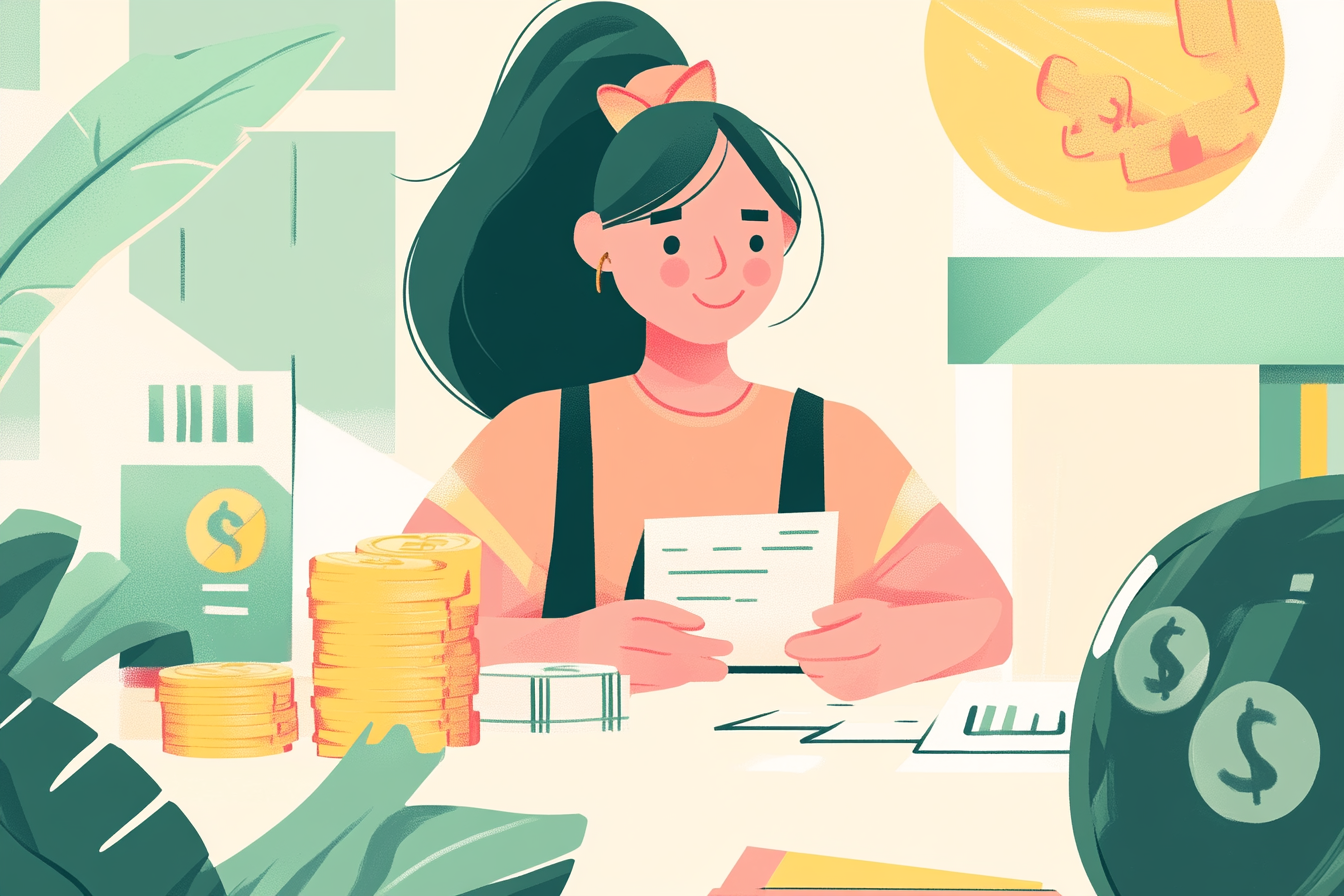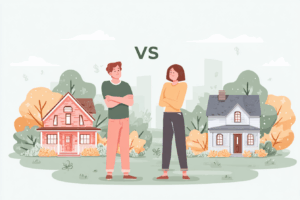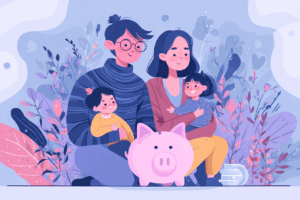Most college students carry student loan debt from completing their degree program, and many struggle to repay it. If you are among the tens of thousands of borrowers looking for relief from student loan payments, discover more about the options for student loan forgiveness and how to apply.
What Is Student Loan Forgiveness?
Student loan forgiveness refers to programs offered through the U.S. Department of Education that forgive or discharge part or all of the loan balance for qualifying individuals. Student loan forgiveness, it is important to note, is only available for federal student loans. Understand how student loans work prior to applying for aid and complete the FAFSA to determine your eligibility for federal loans, grants, work-study, and scholarships. They all require a decent amount of paperwork, so you will want to make sure you qualify before getting in too deep.
How Does Student Loan Forgiveness Work?
Student loan forgiveness generally involves signing up for a repayment plan, which involves making regular on-time payments for a set period before any remaining balance you hold gets forgiven. Visit the Federal Student Aid website for the most up-to-date details and terms of the available programs and to apply for loan forgiveness.
Types of Student Loan Forgiveness Programs

There are many different types of loan forgiveness for which you may qualify. Explore all the available options to determine which has the best benefits for your situation.
Repayment Plan Student Loan Forgiveness
If you qualify for one of these repayment plans, you can have your remaining loan balance forgiven at the end of your program-designated repayment terms:
- Income-Based Repayment (IBR): The loan balance is forgiven after 20 or 25 years of payments. Any amount forgiven may count as taxable income.
- Pay As You Earn (PAYE): The loan balance is forgiven after 20 years of payments capped at 10% of your discretionary income.
- Saving On a Valuable Education (SAVE): The loan balance is forgiven after 20 or 25 years of payments capped at 5% or 10% of your discretionary income. If you have $12,000 or less in loans, you can get your balance forgiven in 10 years.
- Income Contingent Repayment (ICR): Loans are forgiven after 25 years of making payments at 20% of your discretionary income. The monthly payment amount for this program may be higher than the standard 10-year repayment.
Income-driven repayment (IDR) plans are meant to be a more affordable option than the standard 10-year repayment plan. Your IDR plan calculates your monthly payment based on income and family size.
Public Service Loan Forgiveness
The PSLF program forgives your balance after you make your 120 eligible monthly payments while working for a government agency or qualifying non-profit. Military service counts for PSLF.
Teacher Loan Forgiveness
Teachers with direct subsidized and unsubsidized loans who work in low-income elementary and secondary schools can qualify for $5,000 to $17,500 of loan forgiveness after teaching for five consecutive years. The amount depends on the subject you teach.
Perkins Loan Discharge
You can get a percentage of your Perkins loan discharged each year of qualifying public service work, with up to the full amount forgiven in five years.
Borrower Defense to Repayment
If your school misled or defrauded you, you could get forgiveness under this program.
Closed School Discharge
If you attended a school that closed during your enrollment, preventing you from completing your degree program, you may qualify for a closed school discharge.
False Certification Discharge
You may qualify for this program if your school falsely approved your ability to take out a direct or FFEL loan.
Unpaid Refund Discharge
If you withdrew from school early and your loan provider didn’t receive a return of funds from your direct or FFEL loan, you may qualify for a refund.
Bankruptcy Discharge
In rare cases, you might be able to get your student loans discharged through bankruptcy. You must file adversary proceedings and provide proof that repayment would cause an undue hardship for yourself and your family.
Disability Discharge
You might qualify for a Total and Permanent Disability (TPD) Discharge if you meet the disability requirements as verified by a physician, the Social Security Administration, or the U.S. Department of Veterans Affairs (VA).
Borrower Death Discharge
All federal loans are eligible for discharge if the borrower dies. Parent loans get forgiven if either the student or parent borrower dies. The loan servicer requires a death certificate or other proof before canceling the loan balance.
Do Parents Also Qualify for Student Loan Forgiveness?
Parent borrowers are eligible for most student loan forgiveness programs if they meet the criteria. You must check the terms of the program you are interested in to learn about the terms of eligibility. Parents do not qualify for Teacher Loan Forgiveness or Perkins Loan Discharge.
What Can I Do If I’m Not Eligible for Loan Forgiveness?
If you don’t meet the requirements to have some or all of your loan balance forgiven, there are other ways you can find relief:
- Deferment or forbearance
- State loan assistance programs
- Refinancing at a lower interest rate
The most important thing is to reach out for help if you find it difficult to make your payments on time. Start by talking to your loan servicer to learn about the various options available to you. Oftentimes, you can find a program that can help make your payments more manageable and keep you from falling behind.
You might also be interested in: Student Loan Refinancing: Reducing Debt and Managing Payments For Long-Term Success






